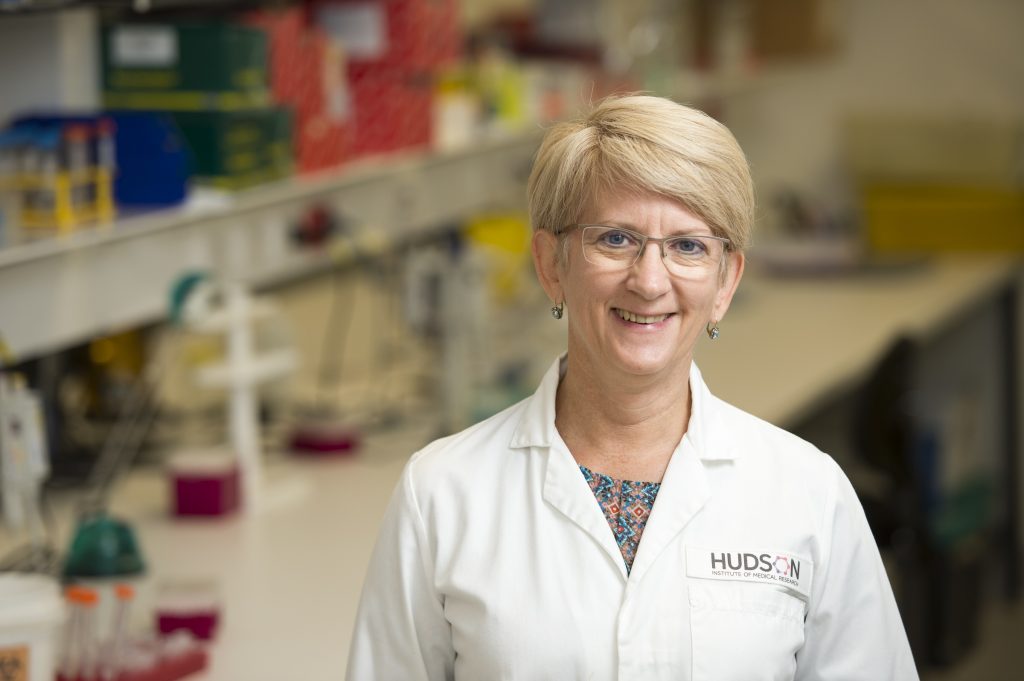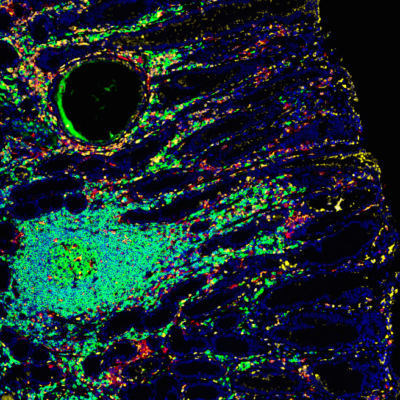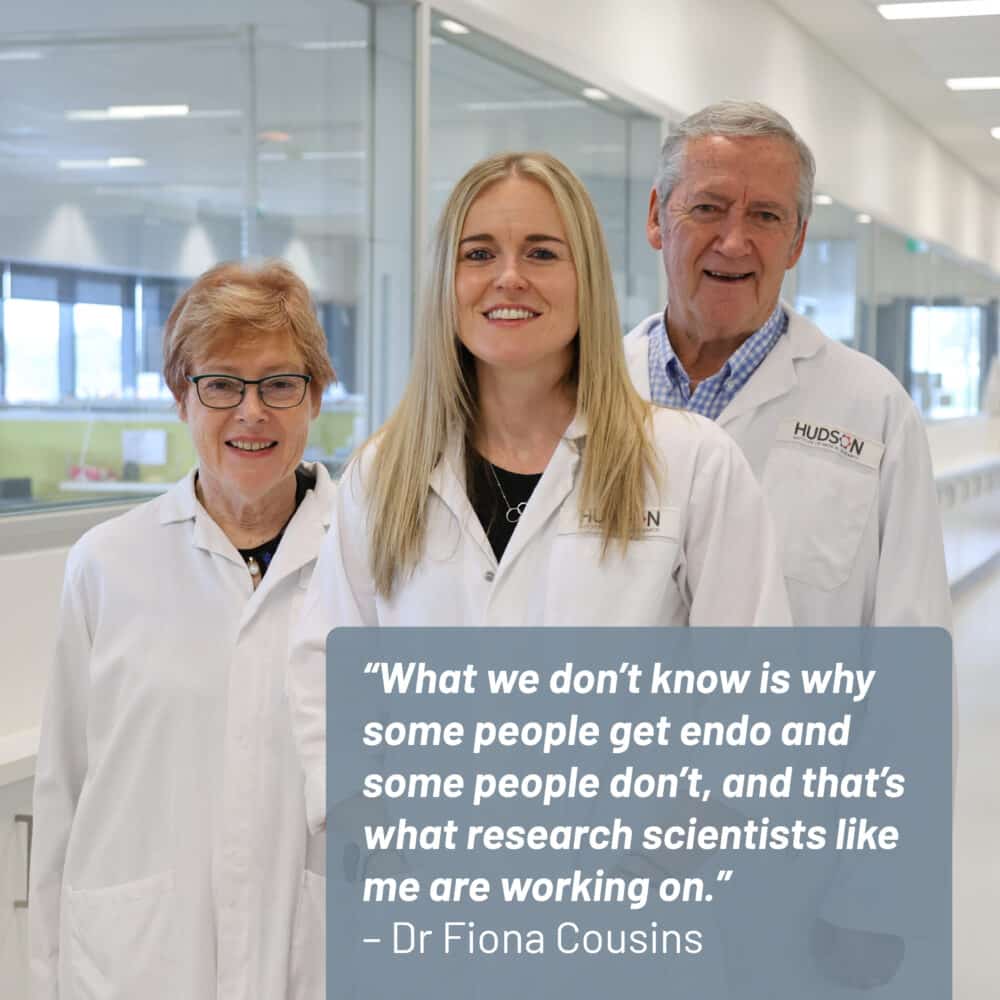Gene could hold vital clues to fertility and eye health
By Hudson Institute communications
A gene that impacts cancer cells may be vital to fertility and eye health in both men and women, according to new research by scientists at Hudson Institute of Medical Research.

A study by Professor Kate Loveland and Penny Whiley and published in the journal Biology Open has shown how the gene Stk35 provides multiple, co-ordinated instructions. Crucially, in mice, changes in these instructions affect the development of sperm, eggs, and embryos.
“In mice, when Stk35 isn’t present, we saw a significant reduction in sperm and egg numbers, resulting in fertility problems for males and females,” said Professor Loveland.
“Looking further into how this gene impacts sperm and egg development will give us a better understanding of how these disruptions can impact fertility. It may even lead to couples who are experiencing fertility issues undergoing genetic testing for Stk35.”
Eye health
The team uncovered that Stk35 also plays a disparate but important role in normal eye development and function, which could help to reduce the impact of eye diseases affecting approximately 300,000 Australians.
“Our study showed that the absence of Stk35 resulted in eye problems ranging from complete failure of eye formation to abnormal eye structures linked to the development of glaucoma in mice,” Prof Loveland said.
First responder

Importantly, one of the products from this gene, a long coding RNA (lncRNA), plays a vital role as a ‘first responder’ to cell stresses that can potentially lead to diseases like cancer. This result makes sense, because previous studies have shown that Stk35 levels are altered in cancer cells.
“How quickly a cell deals with stress can be the difference between it recovering or potentially dying. We propose that this lncRNA has a role in protecting the cell from stress and may even influence decision-making about the cell’s future,” Professor Loveland said.
These exciting findings have the potential to help in three different areas of health – fertility, cancer and eye health.
“Understanding how Stk35 impacts development provides exciting clues as to why one in six Australian couples experience infertility, while shining a light on certain eye conditions, and giving us a new insight into the importance of this IncRNA for mitigating cell stress that could impact on cancer,” said Professor Loveland.
Team: Professor Kate Loveland, Ms. Penny Whiley (Hudson Institute and Monash University), Hoey Goh, Mr. Chin Wong, Dr Gavin Higgins, Professor Paul McMenamin and Professor Lynne Mayne (Monash University), Dr Yoichi Miyamoto and Professor Taro Tachibana (National Institute of Biomedical Innovation, Japan).
EYE HEALTH
- The five most common eye health conditions are cataract, glaucoma, diabetic retinopathy, macular degeneration and uncorrected refractive error. Vision disorders are very common.
- More than 12 million Australians (55 per cent) had at least one long-term vision disorder
- The proportion of people with long-term vision disorders increased with age, from 10 percent of children aged 0–14, to 93 per cent of people aged 55
- After adjusting for differences in the age structure of the population, vision disorders were more common among females (59 per cent) than males (51 percent).
- About 421,000 Australians (1.8 per cent of the population) had a cataract, 236,000 (1.0 per cent) had macular degeneration, and 129,000 (0.6 percent) had complete or partial blindness.
FERTILITY
- Infertility impacts about one in six Australian couples, with male infertility underlying half of these cases.
- Causes are varied and involve a combination of factors including problems with sperm or egg production, the function of male or female reproductive systems and/ hormonal and immune conditions. For nearly half of male infertility cases, there is no known cause.
- 77 721 IVF cycles were performed in Australia and New Zealand in 2015.
- 14 791 babies were born from assisted reproductive technologies including IVF in 2015, corresponding to 1 in 30 births in Australia.
Contact us
Hudson Institute communications
t: + 61 3 8572 2697
e: communications@hudson.org.au
About Hudson Institute
Hudson Institute’ s research programs deliver in five areas of medical need – inflammation, cancer, reproductive health, newborn health, and hormones and health. More
Hudson News
Get the inside view on discoveries and patient stories
“Thank you Hudson Institute researchers. Your work brings such hope to all women with ovarian cancer knowing that potentially women in the future won't have to go through what we have!”






